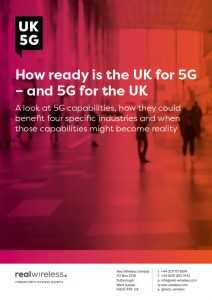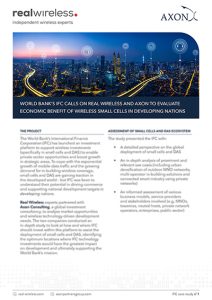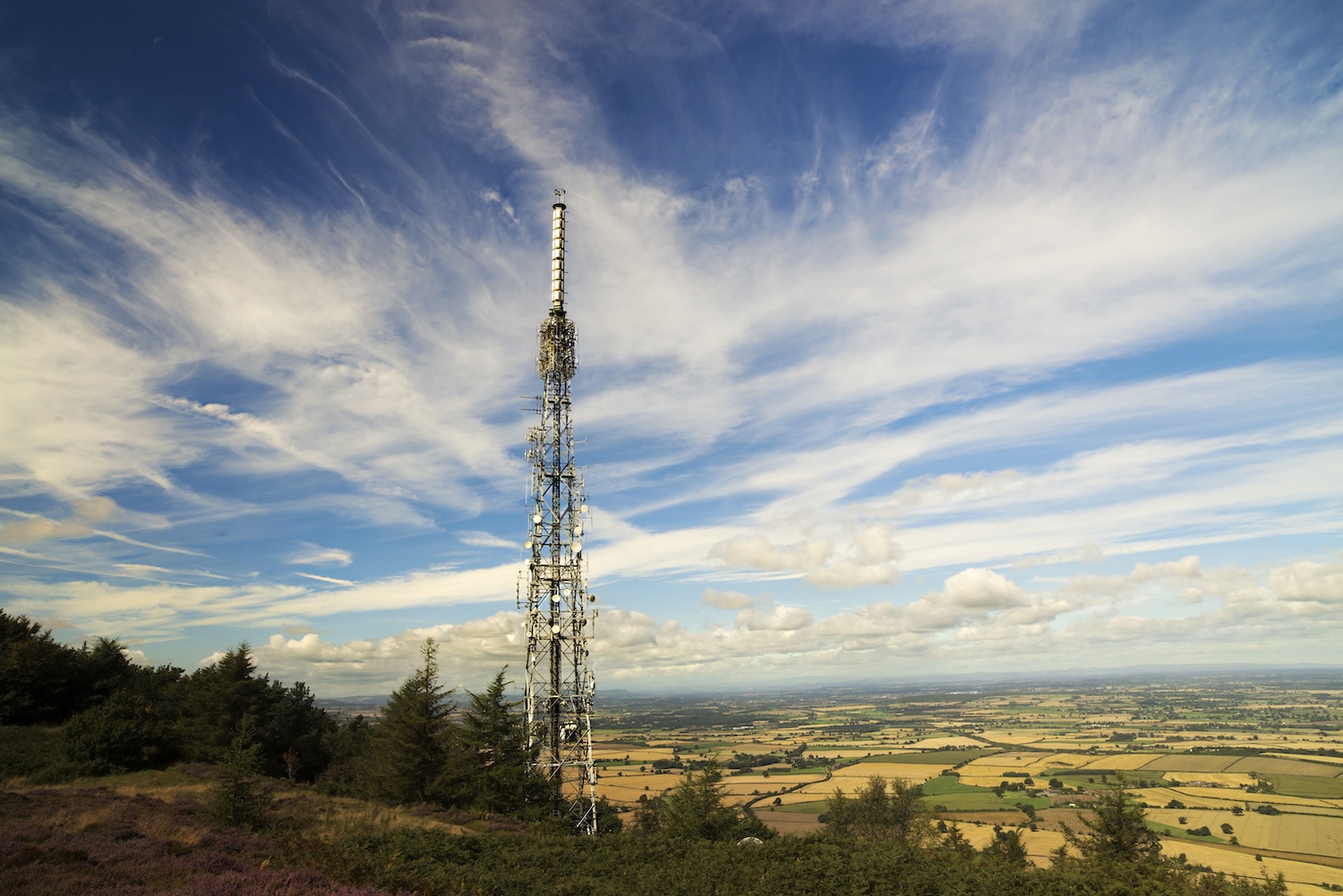There was a lot of excitement around this year’s MWC. It’s not surprising. Though last year saw a good turnout, the 2023 edition was the biggest since the pandemic. And there was a lot to talk about, with 5G, Open RAN, satcoms, sustainability and AI grabbing the headlines.
But did the stories underneath the headlines justify the excited chatter?
Well, yes and no. Clearly, 5G has been newsworthy for several years now, but its fortunes are mixed. Private networks (maybe starting as LTE) or going direct to standalone 5G are showing revenue-generating potential in markets as varied as Germany, South Africa, Chile and Bahrain.
In light of these developments, MNOs are refining their Private network value propositions. But that’s not their core business; public network subscribers’ willingness to pay is causing monetisation of 5G challenges. It’s clear that MNOs are seeking partnerships that could generate revenue. What sorts of partnerships remain to be seen. Such alliances could usher in a new era for telecommunications provision – or they could struggle to succeed. No one seems to know yet.
Outcomes of Open RAN R&D are starting to be seen; however, pioneer vendors are not seeing the uptick in the purchase of their Open RAN solutions that they were hoping for. Is this a hiccup or a real stumbling block? Well, the good news is that the Open RAN future doesn’t have to be entirely about macro Open RAN base stations. Even if that is slow to take off, with strong incumbency positions, many countries and regions have healthy small-cell vendor ecosystems, a welcome diversification of supply that could benefit Open RAN.
Open RAN could benefit from other developments too. MWC saw several announcements about the diversification of chipset supply for Open RAN. This could mean more alternatives to Intel, which, in turn, could be good for choice and competition. The future is not – yet – inarguably Open RAN-based, however.
As for some hype generated by the metaverse, Web 3.0 and 6G, many of us are wary about embracing some of the claims for any of these internet and mobile communications iterations while all three are still being defined. Some AI claims are very clearly about not missing out, the marketeer’s ambiguation of the differences between algorithm, ML and AI is something to behold. Thus, while more than 10% of MWC exhibitor stands housed companies claiming to offer some AI-based capability, Real Wireless reserves the right to remain cautious about AI for now as we increase our technical due diligence in this domain.
By contrast, we don’t need to be cautious about recognising the influence of non-terrestrial networks (NTN), which have been positioned as an important factor in mobile communications. Since satellite elements of NTN matured in 3GPP Release 17 in June 2021 the Standard looks ready to enable the market to develop.
Satcoms made a strong showing at MWC. Indeed, satellites and 5G are coming together. No less an authority than the ITU seeks collaboration between sectors as the best way forward for both satellite and terrestrial operators to deliver future services and grow markets – and that is becoming widely accepted as cellular mobile phones that can also use satellite networks come ever closer to reality. And then what? Can we hope for satellite–terrestrial convergence? It does seem to be a genuine possibility in the future, but we recognise there are legacy structures in spectrum policy, regulation and standardisation that are likely to create inertia for quite some time.
Nevertheless, it looks like after many years of attempts the satellite and terrestrial sectors are becoming more interdependent and a value proposition is apparent, unlike, say, a defined metaverse, a cast-iron business case for 5G advancing with a seamless transition to 6G, or universal Open RAN adoption. Not that we should dismiss any of this, but, despite the gratifying optimism and excitement of a packed and busy MWC, we still feel that it’s wise not to get carried away; there are some clouds over the tech financing ecosystem and the MNO segment is struggling to make 5G pay.
Last, but certainly not least from a Real Wireless perspective is the treatment of the sustainability topic. The messaging from the Operators about the energy crisis, is nuanced by the recognition that networks are consuming more energy. The challenge of staying on top of energy consumption whilst enabling the carrying of ever more data traffic was present in the messaging of many vendors and operators, both at the exhibition stands and in the conference. This agenda will continue to place pressure on the industry as the global NetZero dates and targets come into view.
